Graduate Program
Program Description
The Structural Anatomy and Rehabilitation Sciences (SARS) graduate discpline focuses of the integration of anatomical form with biomechanical function using advanced experimental, computational, and clinical tools. The SARS discipline, within the Graduate School of Biomedical Sciences traditional graduate program, offers both M.S. and Ph.D. degrees that combine research, coursework, and teaching experiences. SARS also supports D.O./Ph.D. dual-degree students. These degrees are designed to develop and train students to serve as faculty members and independent researchers in various departments at universities and health science centers.
Major SARS research foci include:
-
Functional Morphology: Studies investigating the structure and function of human and animal anatomy from evolutionary and/or anthropological perspectives.
-
Biomechanics: Studies investigating musculoskeletal mechanics, movement, physiology, and performance using clinical tools and mathematical modeling.
-
Clinical Anatomy: Studies investigating the structure and variation of human anatomical tissues from a biomedical perspective.
-
Rehabilitation Science: Studies investigating the analysis, design, and development of orthopedic and rehabilitation protocols, techniques, tools, and assistive devices.
-
Education Science: Studies investigating the teaching and learning of anatomy/movement science including the development of novel educational tools, techniques, and assessment strategies.
.
SARS Faculty
|
|
.Rachel Menegaz, PhD. SARS Graduate AdvisorAssistant Professor, Center for Anatomical Sciences – Evolutionary biology, craniofacial biomechanics and feeding, developmental plasticity, osteogenesis imperfecta. |
||
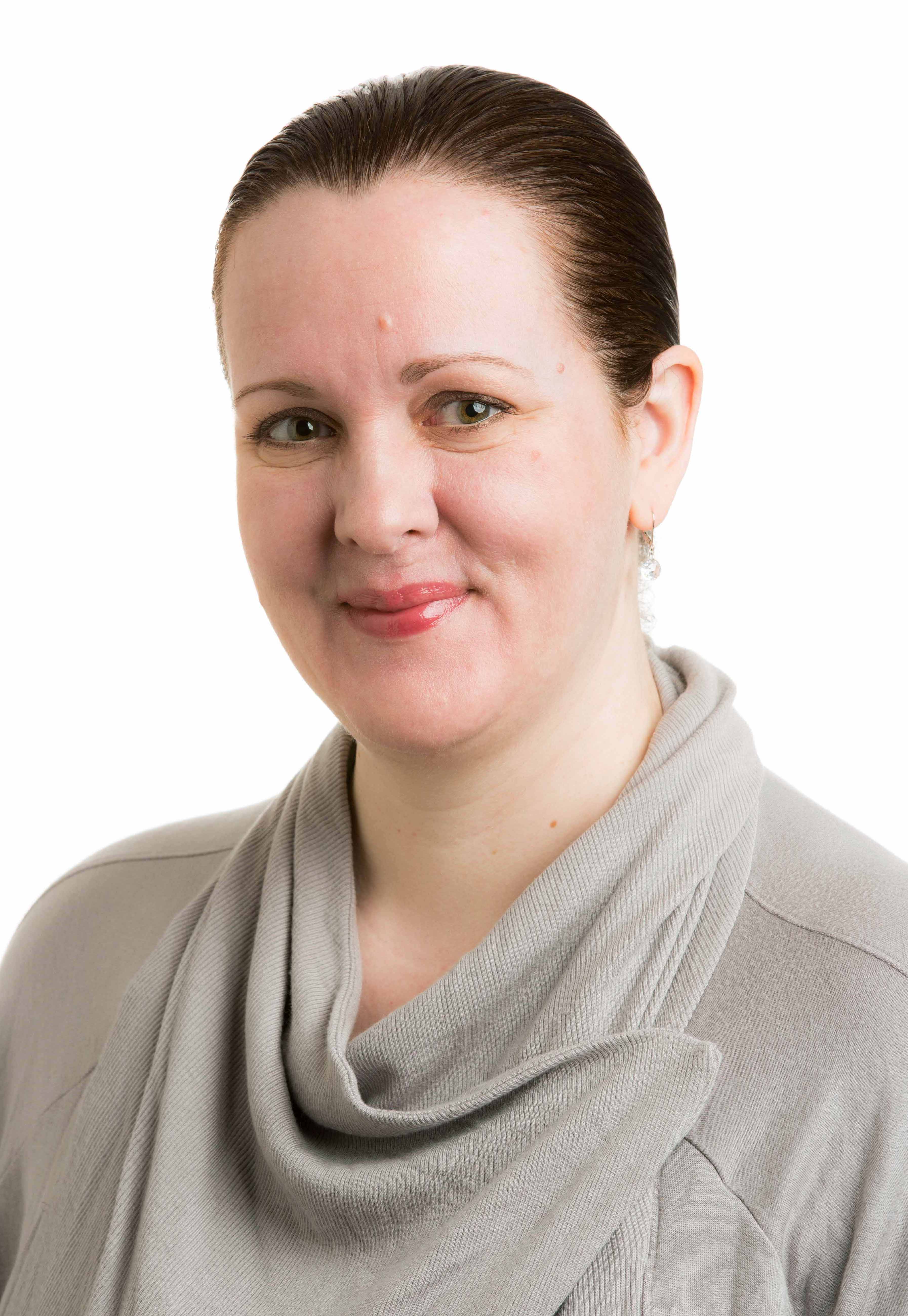 |
Cara Fisher, PhD. Assistant Professor, Center for Anatomical Sciences – Clinical anatomy, human anatomical variation. | 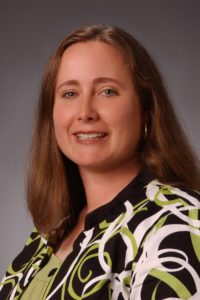 |
Kimberly Meyer, MPAS, PhD. Director, Center for Innovative Learning & Associate Professor, Physician Assistant Studies – Education science, Health sciences curriculum design, educational technology. |
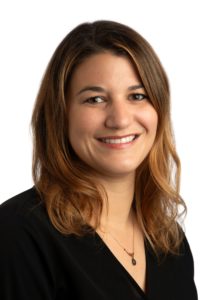 |
Lauren Gonzales, PhD. Assistant Professor, Center for Anatomical Sciences – Biological anthropology, primate evolution, brain and sensory anatomy, field paleontology. | 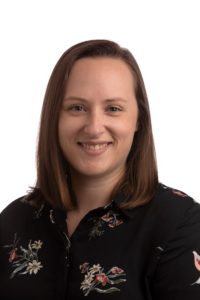 |
Sarah Moudy, PhD. Instructor, Dept. of Family Medicine and Osteopathic Manipulative Medicine – Sports biomechanics, neuromuscular function, gait asymmetry. |
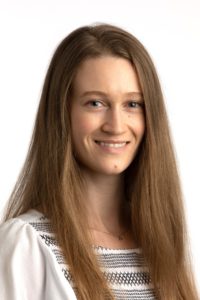 |
Emma Handler, PhD. Assistant Professor, Center for Anatomical Sciences – Biological anthropology, dental anatomy, education science. |  |
Rita Patterson, PhD. Professor, Associate Dean for Research, Dept. of Manipulative Medicine – Biomedical engineering, hand and wrist biomechanics, kinematics, motion capture. |
 |
Hao Liu, MPT, MD, PhD. Professor, Dept. of Physical Therapy – Neuroscience, anatomy, balance improvement, geriatric research, bioengineering of assistive ambulatory devices (AADs). | 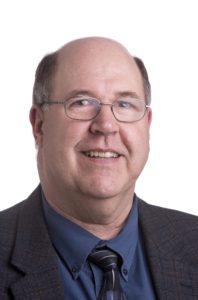 |
Rustin Reeves, PhD. Professor & Director, Center for Anatomical Sciences – Musculoskeletal biomechanics, education science and outreach research. |
 |
Rehana Lovely, PhD. Assistant Professor, Center for Anatomical Sciences – Human anatomical variation, education science and community outreach research. |  |
Armando Rosales, MD. Associate Professor, Center for Anatomical Sciences – Human anatomical variation, clinical/surgical anatomy. |
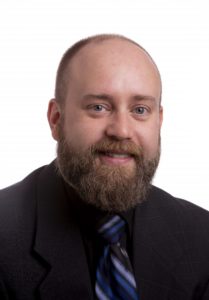 |
Scott Maddux, PhD. Assistant Professor, Center for Anatomical Sciences – Biological anthropology, human evolution and variation, respiratory biomechanics, climatic adaptation and thermoregulation. | ||
.
Research Facilities
Human Movement Performance Laboratory: The 2,300 square foot HMP laboratory is equipped with a motion analysis system for kinematic testing of normal and pathological motion, force plates for measurement of center of pressure, and computational facilities for creating patient-specific models and simulations.
Bioskills Laboratory: The Bioskills Lab supports a wide spectrum of cadaver-based research including investigations of human variation, biomechanics, neuroscience, applied anatomy (development of clinical protocols and devices), and anatomy-focused educational pedagogy.
Bone and Joint Research Laboratory: Equipped with cutting-edge technologies, including instruments for assessing biomechanical material properties (MTS 858 mini Bionix II) and motion tracking (Polhemus LIBERTY 6D), the Bone and Joint Research Laboratory supports investigations of hard and soft tissue biomechanics.
Comparative Anatomy and Morphometrics Laboratory: The CAM Lab supports investigations of anatomy in both humans and non-human species. The lab facilitates hard/soft-tissue dissection, histological analyses, and 3D quantitative analyses of anatomy using modalities such as 3D laser scanning, computed tomography (CT), and magnetic resonance imaging (MRI).
Evolutionary Anatomy and Education Research Laboratory: The “EvolvEd” Lab facilitates the conservation and study of fossil/skeletal material from paleontological excavations and experimental studies. The lab houses high-precision 3D laser scanners (Artec Space-Spider and Artec Micro) and equipment for high-resolution photography and casting. The lab also actively supports education science research and K-12/community outreach.
Human Thermoregulation Laboratory: With construction beginning in Fall 2021, the Human Thermoregulation Lab will be equipped with a 150 ft2 walk-in environmental chamber to support experimental testing of the interaction between human anatomy and thermoregulatory physiology during exposure to different climatic conditions.
3D Printing Laboratory: The 3D Printing Lab houses advanced printing technologies for educational, outreach, and research purposes. These include a 3D printer (Ultimaker 3e) for the production of hyper-accurate 3D anatomical models and a large-format printer (HP Designjet Z5200) for cost-efficient printing of high-resolution faculty/student research posters.
.
Other affiliated facilities on campus:
ITR Imaging Center: A part of the new 20,000 square foot Clinical Core in the Institute for Translational Research (ITR), the Imaging Center houses two Siemens Biograph Vision 450 PET/CT scanners and two Siemens MAGNETOM Vida MRI scanners for use by UNTHSC researchers.
UNTHSC Discovery Centers: A part of the UNTHSC “Open Innovation Initiative”, the two Discovery Centers on campus provide shared laboratory space for students and faculty to access state-of-the-art equipment not available in most research labs.
UNTHSC Microscopy Core: Equipped with high-powered confocal (laser scanning) microscopes and accompanying image analysis workstations, the Microscopy Core is available for use by all UNTHSC researchers (training is also provided).
Degree Plans
Both degree programs may be entered by applicants holding a Bachelor’s degree. Students do not typically complete both programs (the M.S. degree is not a prerequisite for admission to the Ph.D. program). Completion of the M.S. degree typically requires 2 years; the Ph.D. degree is generally completed in 4-5 years.
Detailed information regarding each degree can be found in the SARS HANDBOOK 2020-2021.
Financial Support
Currently, the financial support offered to Ph.D. students is $32,962 ($26,185 after tuition and fees) annually for up to 5 years. Acceptance into the SARS graduate program does not guarantee nor imply financial support. Offers of financial support are specifically stated either in the offer of admission or in separate correspondence.
Application Procedures
All applicants to the Structural Anatomy and Rehabilitation Sciences (SARS) Graduate Program must apply through the UNTHSC Graduate School of Biomedical Sciences online application system. Specific application guidelines are available for each degree: M.S. application guide; Ph.D. application guide (note the SARS Master of Science degree is a “traditional” research-based M.S. degree at UNTHSC).
Individuals interested in applying to the SARS graduate program are strongly encouraged to inform the Graduate Advisor (contact info below) or a prospective CAS faculty mentor of their intent prior to submitting an application.
Conference Travel Awards
Anatomy Travel Award Program (Center for Anatomical Sciences): $500 per student, preference for presenters. Rolling deadline. Application available here.
Graduate Student Travel Award (Graduate School of Biomedical Sciences): $500 per student, preference for presenters. Requires $250 match from department or major professor. Deadlines: January 1 (April 1-September 30 travel), July 1 (October 1-March 31 travel). Application available on GSBS website.
Professional Development Award (Graduate Student Association): $600 per student for conference presenters; $400 for workshop attendees. Deadlines: August 14 (August-September travel), September 21 (October-December travel), January 5 (January-March travel), March 23 (April-May travel), May 21 (June-August travel). Application available on GSA Orgsync website.
Contacts
Rachel Menegaz, Ph.D.
SARS Graduate Advisor
Center for Anatomical Sciences
Phone: 817-735-0126
E-mail: rachel.menegaz@unthsc.edu
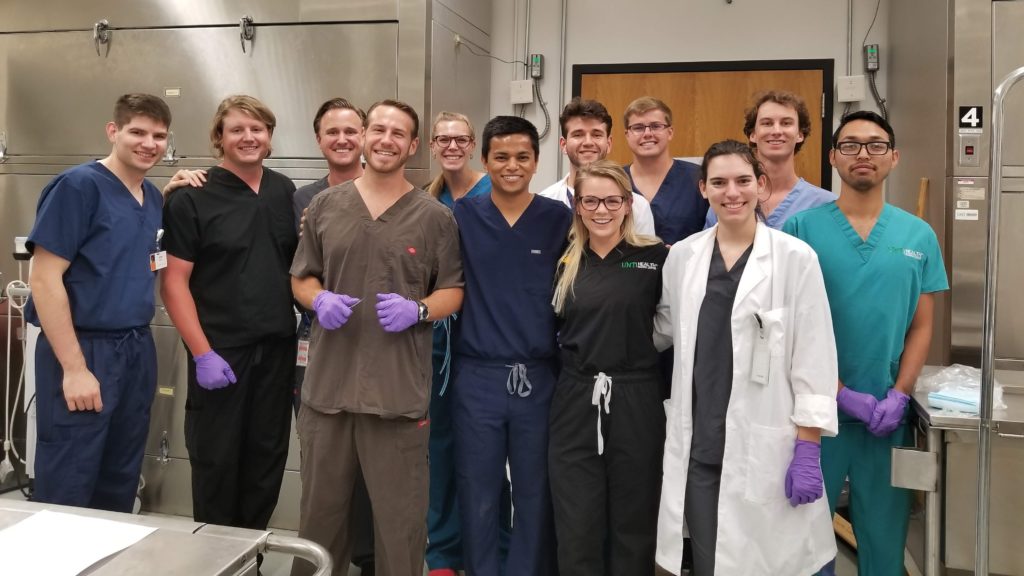
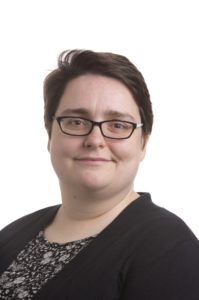

Social media